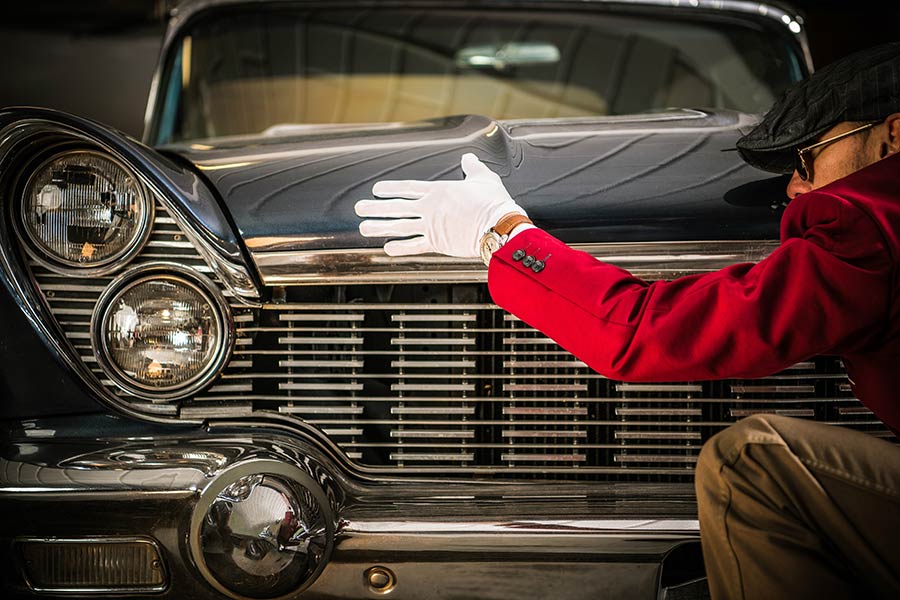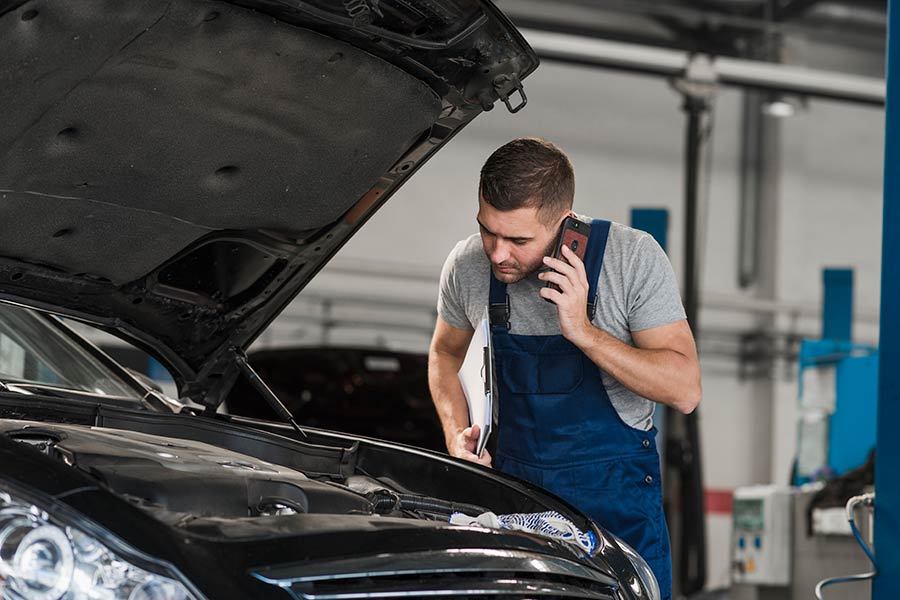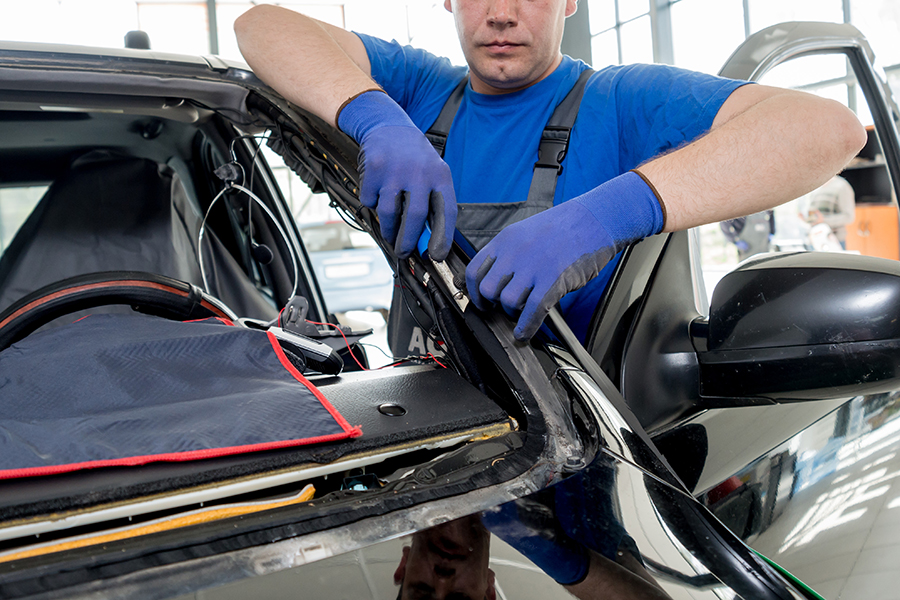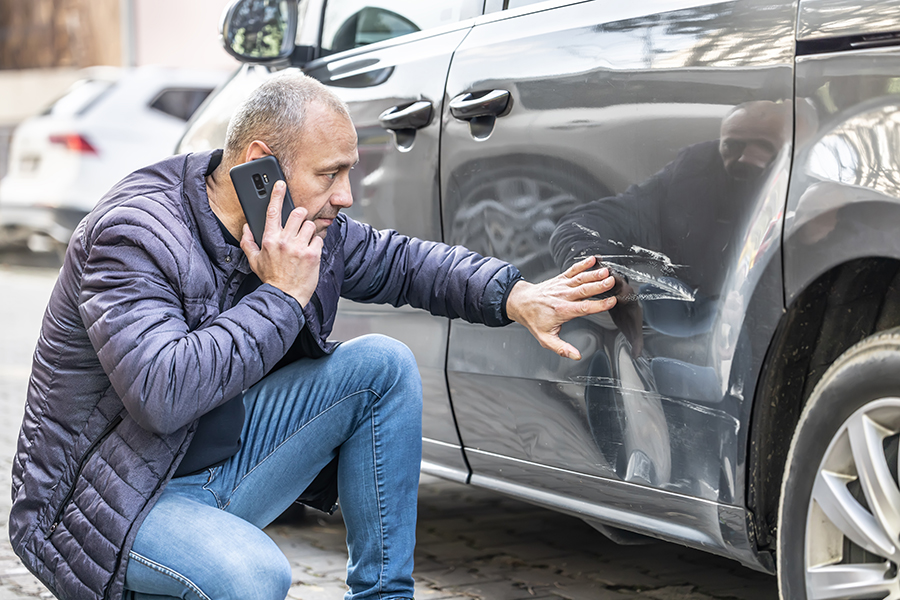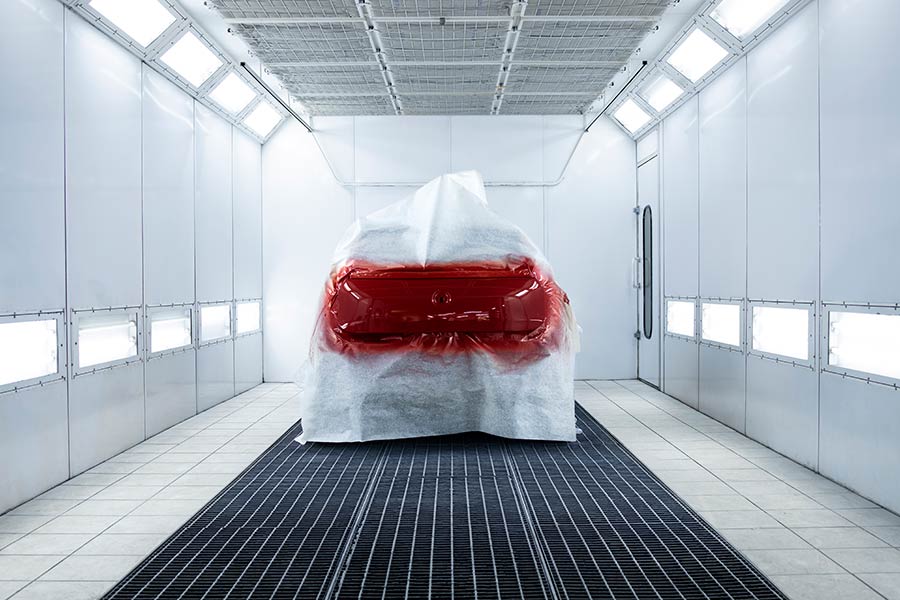Ever wondered what it takes to bring a classic beauty back to life with vintage car restoration? It's not just about the love for old-school charm but knowing the best practices that make the process smooth and rewarding. In this guide, we dive into the essential steps and techniques that ensure your project is a success. From selecting the right vehicle to mastering the art of sourcing authentic parts, we've got you covered. Get ready to transform your passion into a masterpiece by following these expert tips on vintage car restoration.
Key Takeaways
- Start your vintage car restoration journey by learning the basics and understanding what the process involves to set realistic goals.
- Always stick to best practices in restoration, like using original parts when possible, to ensure quality and authenticity.
- Keeping the car's originality is key; it not only preserves the vehicle's history but also significantly enhances its collector value.
- Be prepared to face and navigate through various restoration challenges, including finding rare parts and dealing with unexpected repairs.
- Remember, enhancing the collector value of your vintage car involves meticulous attention to detail and preserving its historical accuracy.
- By following these guidelines, you can ensure a more successful and rewarding vintage car restoration experience.
Understanding Vintage Car Restoration
Historical Research
Researching the car's past is vital. It ensures period-correct restoration. One must investigate the era of the car thoroughly. This includes identifying original colors and specifications from the manufacturer. Studying similar models offers a deeper understanding of that time period.
Documenting Car History
Keeping a detailed record is crucial for any vintage car project. This starts with gathering all previous ownership and maintenance documents. Taking photos of the car before work begins helps track progress. A log should be kept, detailing every step of the restoration and parts used.
Adhering to Standards
Restoring a vintage car requires following certain rules. These guidelines come from respected authorities in car restoration. Only materials and methods that ensure historical accuracy are used. The goal is to respect the car's original era and style throughout the process.
Originality vs. Modern Touches
Finding a balance between keeping things original and adding modern upgrades is key. Deciding which features are essential to preserve is the first step. Then, consider modern improvements for safety and reliability that don't hurt the car's historical value. It's about maintaining aesthetic authenticity while incorporating contemporary functionality.
Best Practices in Restoration
Prioritizing Safety
Safety comes first in vintage car restoration. Upgrading the braking and electrical systems is crucial to meet today’s safety standards. This ensures that the car functions reliably under modern traffic conditions.
Inspecting and replacing worn-out parts is also essential. It prevents potential hazards. These improvements should blend in, keeping the vintage charm alive.
Using OEM Parts
For authenticity, sourcing original equipment manufacturer (OEM) parts is key. They match what was originally used, maintaining the car's true essence. When these are not available, reproduction parts can be an alternative.
It's important that these replacements closely resemble the originals. This keeps the restoration true to its era.
Preserving Originality
The goal is to keep as much of the original structure and components as possible. Techniques that preserve original materials are vital. They help maintain the vehicle's historical integrity.
Unnecessary modifications can change a car’s character. They should be avoided to keep its original spirit intact.
Mixing Tradition and Innovation
Integrating modern technology enhances performance while respecting tradition. Updates should not overshadow the car’s classic look.
Choosing reversible innovations ensures the original condition remains untouched if needed. This balance between old and new brings out the best in vintage cars.
The Importance of Originality
Keeping History Alive
Sharing a restored car's story is vital. Clubs, shows, and publications are great places for this. They let people see the hard work put into restoration. Educating others about preserving automotive history is also important. It helps them understand why these cars matter. Participating in vintage car events showcases these efforts. It brings the community together to appreciate the beauty of restored cars.
Collector Value
The decisions made during restoration can greatly affect a car's market value. High-quality restorations draw more interest from collectors. They look for cars that stand out because of their condition and rarity. Preserving rare features adds significant value. These features often make a car more desirable to collectors.
Once Original, Always Valuable
Maintaining a car's original features is crucial for its long-term value. Originality impacts how much a vintage car is worth over time. Changes should be minimal to keep the car as close to its original state as possible. This approach ensures that the car remains both authentic and valuable.
Navigating Restoration Challenges
Expert Advice
Experts play a crucial role in vintage car restoration. They provide accurate assessments and tailored guidance. It's essential to consult them early on. This helps avoid costly mistakes.
Seeking specialists for specific parts is wise. They offer invaluable insights into rare components and techniques. Their expertise ensures the preservation of the car’s originality.
Utilizing expert knowledge prevents common pitfalls. This includes mismatched paint or incorrect part replacements. Experts help maintain the vehicle's integrity.
Embracing Age
Vintage cars tell stories through their patina and signs of use. It's important to appreciate these as part of the car's history. They add character and authenticity.
Resisting over-restoration is key to preserving age-related characteristics. This keeps the car’s soul intact. Celebrate its journey and imperfections. They are markers of its legacy.
Steps in Restoration Journey
The restoration journey involves several steps, from assessment to completion. Planning and research are vital at each phase. They ensure a smooth process.
Expect unexpected challenges along the way. Each car presents unique hurdles that require decisions on-the-fly. Preparation is your best tool against surprises.
Enhancing Collector Value
Appraising Classic Cars
Understanding factors that influence a vintage car's appraisal value is crucial. These factors include the car's rarity, condition, and originality. It's important to get professional appraisals both before and after restoration.
Professional appraisals can guide decisions on insurance and sale. They ensure you know the car's worth at every step. This knowledge helps in making informed decisions.
FIVA Guidelines
Following the Fédération Internationale des Véhicules Anciens (FIVA) guidelines is essential for preserving historic vehicles. FIVA provides definitions and classifications that help determine the correct approach to restoration.
Adhering to these principles maintains eligibility for official events and recognitions. It ensures that your vehicle remains true to its heritage.
International Standards
Being aware of global standards and regulations is important for vintage car restoration. Consideration of international markets can influence restoration choices, especially if you plan to sell abroad.
Aligning restoration practices with standards ensures the car's acceptance worldwide. This alignment increases the car’s potential collector value on an international scale.
Final Remarks
You've journeyed through the essentials of vintage car restoration, from grasping its core to mastering best practices. You know why keeping things original matters and how it boosts collector value. You've also tackled common restoration challenges head-on. This knowledge isn't just power—it's your ticket to preserving automotive history, one classic car at a time. By sticking to these guidelines, you ensure your vintage beauty not only turns heads but stands the test of time.
Now, rev up your engines and put this wisdom into action. Whether you're breathing new life into an old favorite or navigating the hurdles of restoration, remember, every polish and tune-up brings you closer to perfection. Share your journey, inspire others, and let's keep the legacy of vintage cars alive for generations to come. Ready to get started? Your masterpiece awaits.
Frequently Asked Questions
What are the best practices for vintage car restoration?
Best practices include thorough research, using original parts when possible, and prioritizing the vehicle's structural integrity. Always consult with experts to ensure authenticity and quality.
Why is originality important in vintage car restoration?
Originality maintains the historical integrity of the vehicle, increasing both its collector value and appeal. It ensures the restoration respects the car's original design and manufacturing era.
How can I navigate challenges during vintage car restoration?
Start by setting a realistic budget and timeline. Consult with experienced restorers and join enthusiast communities for support. Tackling challenges becomes easier with a network of knowledgeable individuals.
What steps can enhance a vintage car's collector value?
To enhance collector value, focus on maintaining originality, ensuring high-quality restoration work, and keeping detailed documentation of the restoration process. Authenticity is key to increasing value.
Is it essential to consult with an expert in vintage car restoration?
Yes, consulting with an expert is crucial. They provide valuable insights into best practices, help source authentic parts, and can foresee potential challenges. Their expertise ensures a more accurate and valuable restoration.
